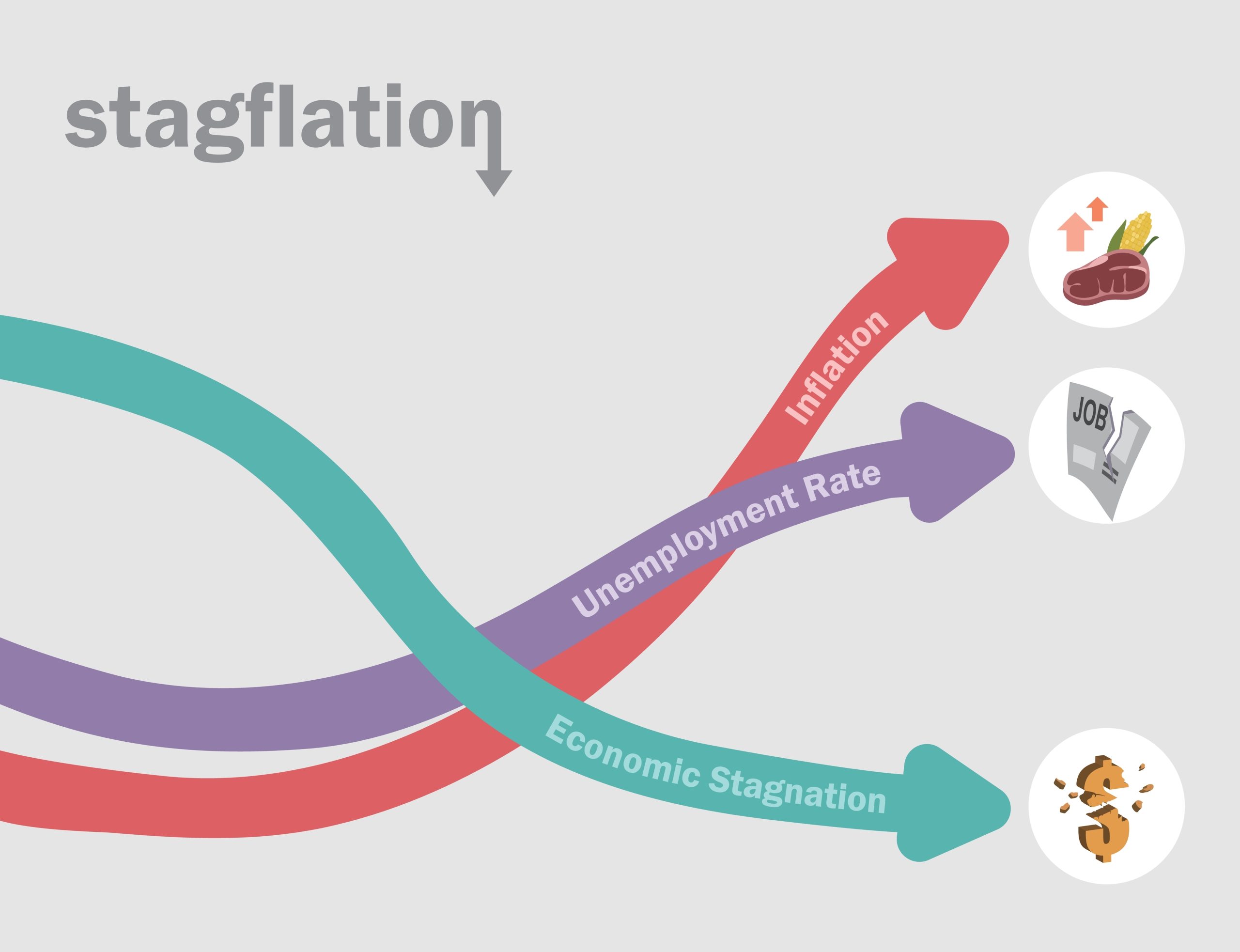Stagflation: In The USA
This course delves into the complex economic phenomenon of stagflation with a primary focus on the 1970s era in the United States, where the economy experienced simultaneous high inflation, high unemployment, and stagnant growth. It aims to explore the multifaceted causes, including political, economic, and social factors that led to this economic situation, while also assessing the impact on various sectors and the effectiveness of different policy responses enacted during this time.
Throughout the course, participants will explore various modules that cover the theoretical underpinnings of stagflation, detailed case studies of the 1970s including key policy decisions and economic conditions, as well as the broader economic and social impacts such as changes in employment, industry performance, and public sentiment. Further, the curriculum includes a comprehensive review of the actions taken by policymakers such as the Federal Reserve, analysis of their long-term effects, and a comparative study with other economic crises to provide a well-rounded understanding of stagflation.
By engaging with a mixture of lectures, interactive sessions, and case analyses, participants will not only gain a thorough understanding of what triggers stagflation and how it can be managed but will also be equipped to apply these insights to contemporary economic challenges. The course is designed to prepare students with the analytical tools needed to assess economic conditions, recognize early signs of similar economic issues, and formulate effective policy responses to prevent or mitigate the impacts of stagflation

